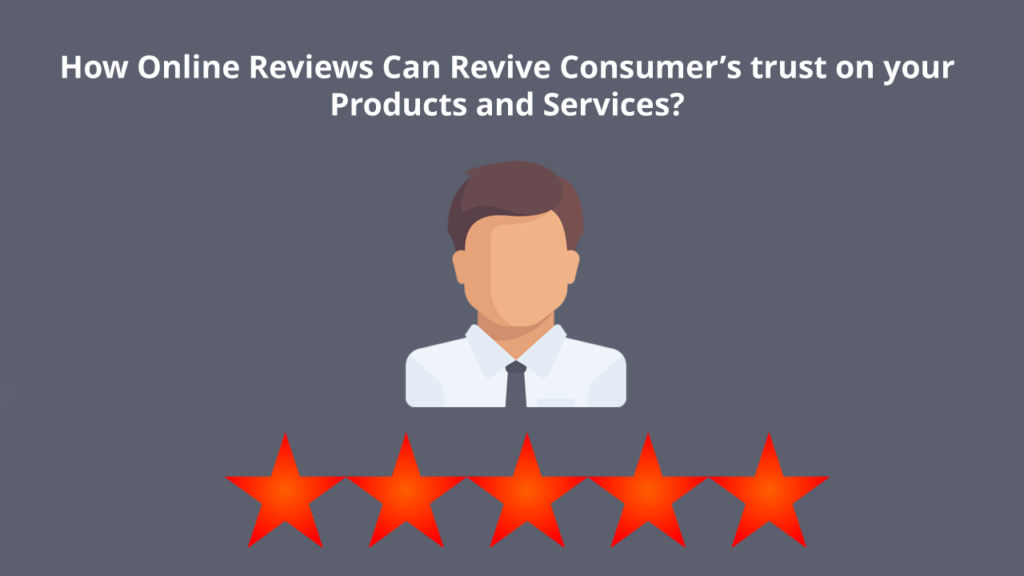
The loss of consumer trust is a huge threat to brands. As our economy undergoes digital transformation in all industries, brands are getting swept up in a massive shift in trust. According to the most recent Edelman Trust Barometer, the US saw a drastic decrease in trust in the last 12 months for both businesses and the media, a 10- and 5-point drop respectively from 2017, putting brand trust at an all-time low.
General Data Protection Regulation (GDPR) is a brand implement, they face a critical choice to check the compliance box and continue business as usual. A more difficult, but ultimately more rewarding path, is to engage in meaningful conversations with consumers in an open and transparent way. In time, those conversations restore consumer trust, and as trust grows, brands benefit.
Why Trust Is the New Marketing Currency?
This is particularly important in the digital age: We’re now on pace to see 60 percent of retail transactions happening online, and face-to-face interactions are on the decline. That’s why trust is more important than ever. Yet, at the same time, trust is harder than ever for brands to earn.

7 Ways to Build Consumer Trust
Trust is the glue that binds together any relationship. This includes the all-important brand-customer bond. When consumers trust your brand, they will feel more confident in your products and services.
In order to buildcustomer trust, don’t need to run a marketing campaign about how reliable your brand is. You have to build trust brick by brick, one piece of content at a time.
BE CONSISTENT IN YOUR BRAND STORY:
Brand storytelling is gaining momentum in the marketing world, and with good reason. Stories are scientifically proven to get a person’s attention. In fact, stories stimulate brain activity. When we read or hear plot points our neurons start firing—and not just in the part of the brain that controls the language center.
But there’s a lot of confusion around the idea of brand storytelling. It’s becoming a term that is getting thrown around a lot—like content marketing—but agencies, companies and thought leaders don’t agree on a definition.
RESOLVE CUSTOMER COMPLAINTS:
When a customer has a complaint, react to it via the most appropriate channels, whether privately through a letter, phone call, or email, or publicly on social media, online reviews, an online forum setting, or somewhere else. Take steps to apologize and correct what you can. This shows there is a genuine desire to provide a value-driven product or service, rather than to simply sell something.
BE PERSONABLE AND PERSONALIZE:
73 percent of global marketers cite a personalized customer experience as a key to success. This is where serious customer data comes into play to help segment your buyers and target your customers with better-personalized marketing.
Few Steps are:
- l Use a name to sign off your marketing emails.
- l Include pictures and, if appropriate, a short bio of some of the people who work at and/or run your company on your website.
- l Create consistent processes for anyone who interacts with customers on social media, in-person, by email or phone. Habits like introducing oneself with a first name and giving a ‘hey, how’s your day been going?’ can go a long way in creating a sense of intimacy and trust.
- l Consider the tone and style of your content – blog posts, landing pages, emails, video – would a more down-to-earth feel make your brand feel more authentic? This approach doesn’t work for all industries but it will put customers at ease for others.
- l Use videos of your staff – interviews, live-streaming their creative process, instructional content.
- l When appropriate, such as with long-term customers, write a personal letter.
DEMONSTRATE TRANSPARENCY:
Transparency is essential not just for your relationships with your customers, but also with employees, investors, and other stakeholders.
A transparent workplace shares many traits with a functional strong friendship. The website Young Entrepreneur defines the five characteristics of a transparent workplace as communication, honesty, regular feedback, respect and admitting wrong. Regarding communication, for example, the website emphasizes erring on the side of communicating too frequently, rather than allowing gaps in communication.
USE SOCIAL PROOF ON YOUR WEBSITE:
Social proof is one of those tactics in marketing that seems too easy.
- 90 percent of consumers trust recommendations from friends and family. This holds even more relevance today with social media.
- 70 percent of consumers claim to trust online opinions.
- 72 percent trust online reviews as much as personal recommendations.
JOIN THE SOCIAL RESPONSIBILITY MOVEMENT:
Millennials, in particular, are pushing for more social responsibility. This generation – 75 million strong – is 66 percent more likely to interact with a brand that addresses social responsibility.
Social responsibility is an ethical theory, in which individuals are accountable for fulfilling their civic duty; the actions of an individual must benefit the whole of society. In this way, there must be a balance between economic growth and the welfare of society and the environment.
BE AUTHENTIC:
Marketers like to toss around the word ‘authenticity’ when describing brands. This new buzzword has played a major part in how brands are defining their missions and creating their processes. Backed by a number of studies, this buzzword is here to stay and will only become more important to the success of your business

















Recent Reviews